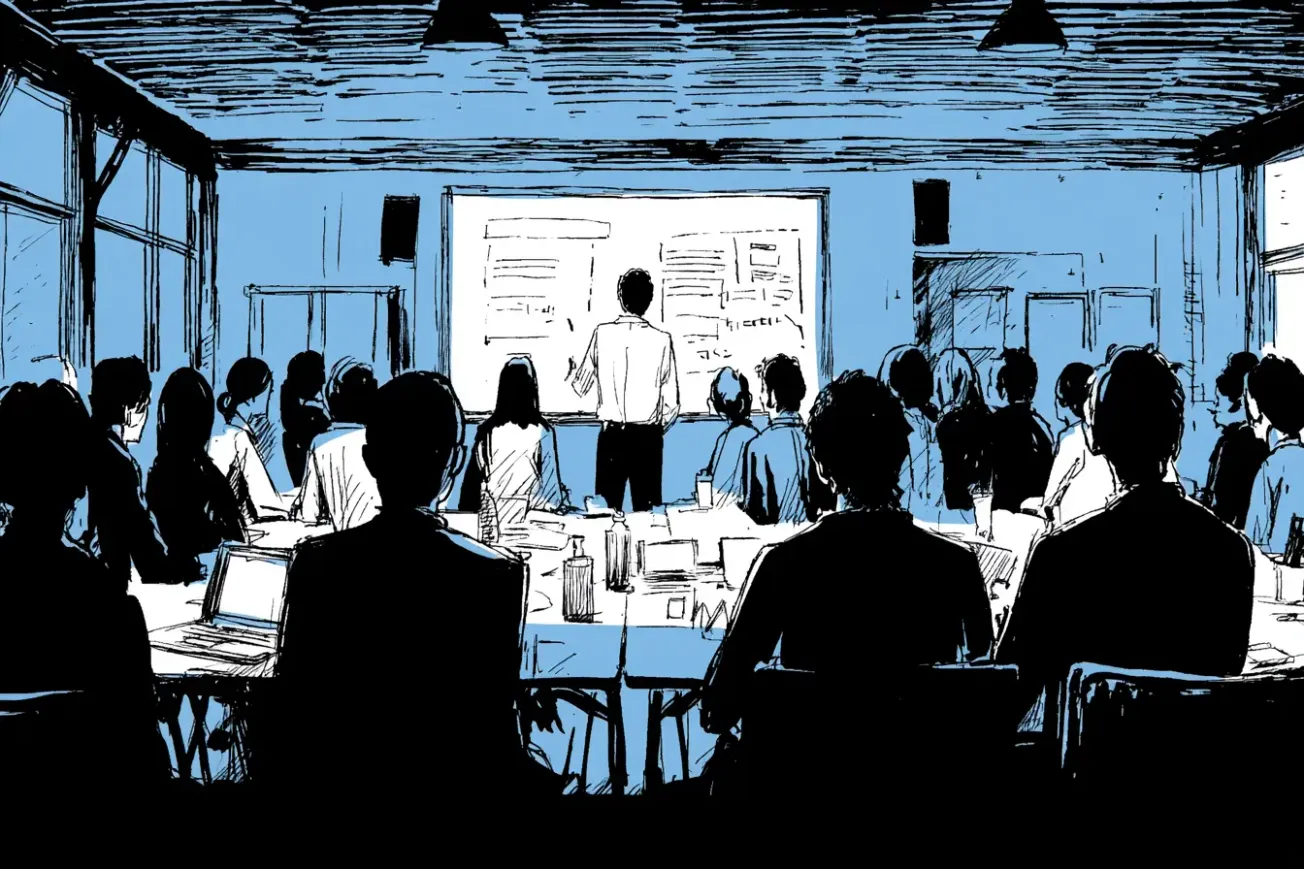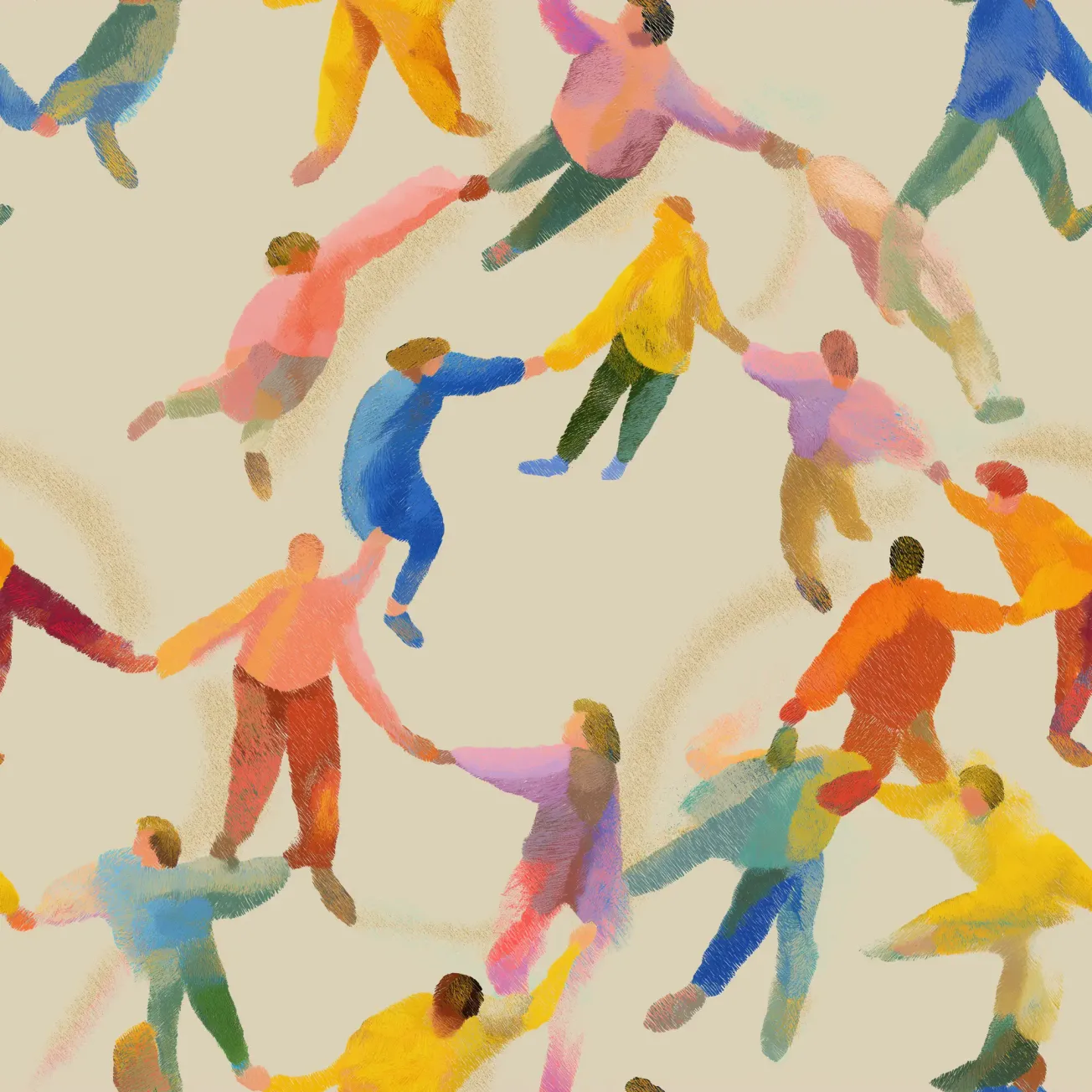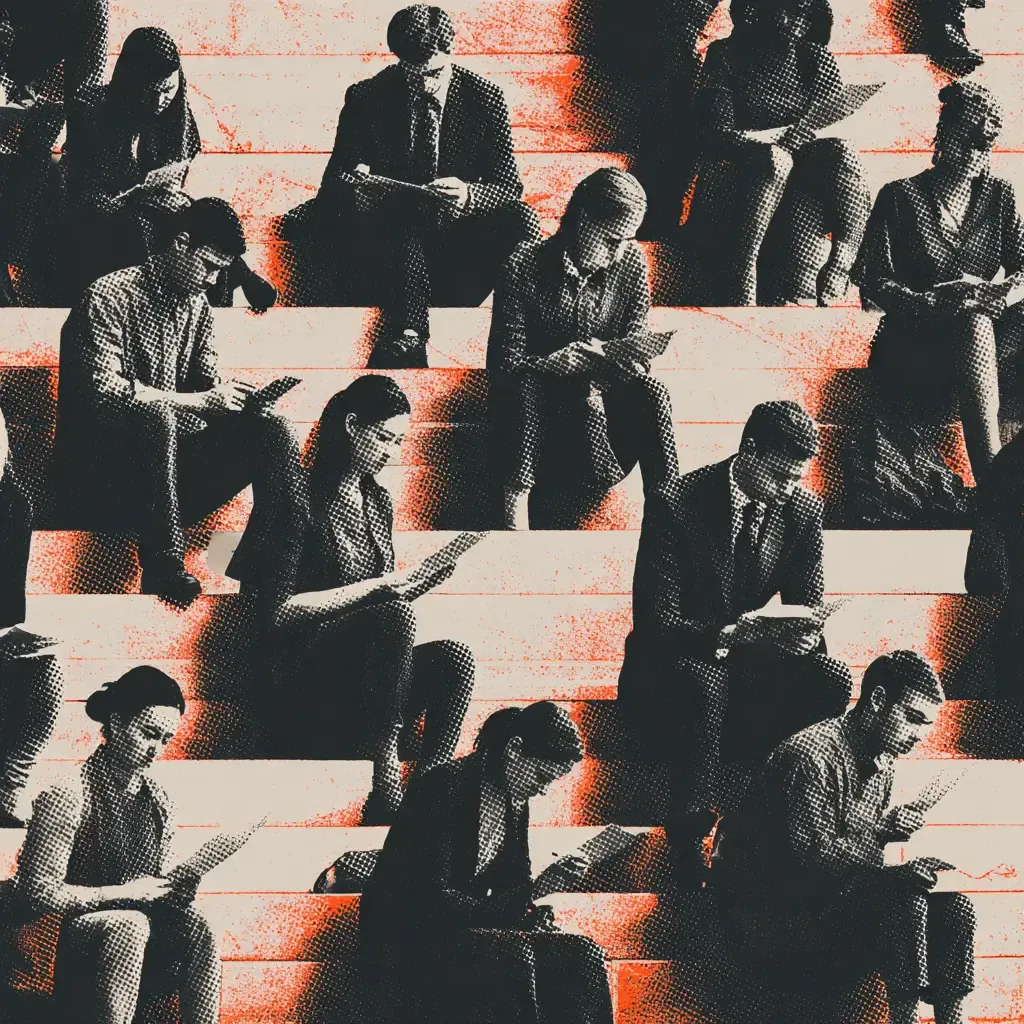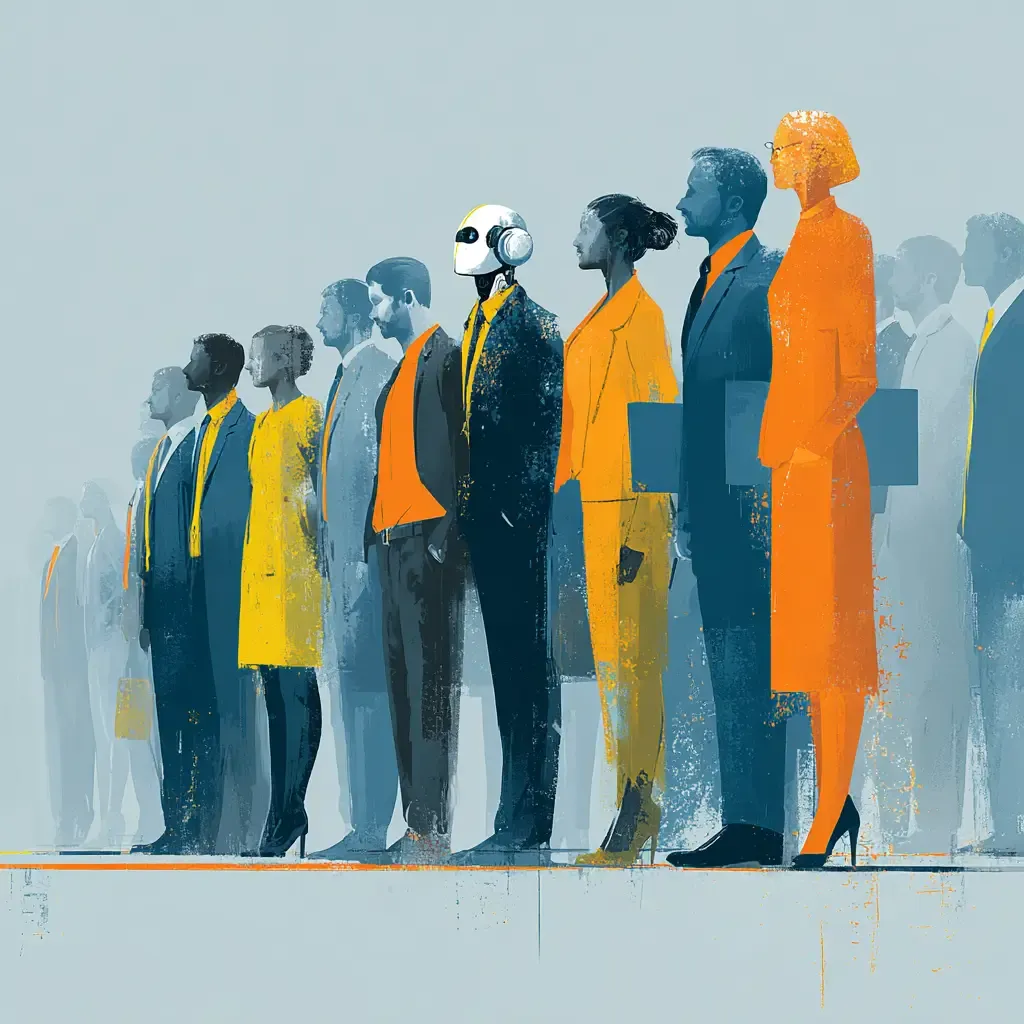The Line #3
Why the best models aren’t the ones that are right—they’re the ones that help you move.
TL;DR: Every framework in change management is wrong in the literal sense, but that’s not the point. The value of a model lies in how it helps people think, act, and move forward. As our change mentors remind us, models like ADKAR are tools for adaptation, not obedience. The moment we start treating them as perfect, we stop learning. The moment we use them to make sense of human experience—even something as personal as cardiac rehab—they become what they were meant to be: useful.
The Quote That Stuck
“All models are wrong, but some are useful.” ~George Box
The first time I heard that line, it wasn’t in a statistics class—it was from D. Scott Ross, one of the sharpest change management minds I’ve ever known. Scott dropped it in a conversation years ago, like a riddle wrapped in calm conviction. He said it the way a Jedi might hand over a lightsaber: no ceremony, just quiet certainty that you’d figure out what to do with it.
At first, I took it as a polite warning about overconfidence—don’t get too attached to your frameworks, kid. But over the years, it became something much deeper: a north star for navigating both organizational chaos and personal upheaval.
In change work, we live and die by our models. They’re how we make sense of mess. But the longer you do this work, the more you realize: the map never matches the terrain. And that’s okay. The trick is knowing when to hold the model lightly, and when to let it go.
The Myth of the Perfect Framework
Consultants, myself included, love models the way sailors love compasses. There’s comfort in structure—Prosci, Kotter, Bridges, McKinsey’s 7-S. Each offers the illusion of predictability, a sense that if you follow the steps, the organization will follow too.
But that illusion is seductive.
I’ve seen teams weaponize models as rulebooks. “We can’t move to reinforcement until we complete awareness!” “We’re still in the ‘burning platform’ phase!” The framework becomes a fortress, protecting us from ambiguity instead of helping us move through it.
The truth is, most frameworks were designed for learning, not for worship. They’re teaching devices—useful scaffolds that let you reach something higher. Treat them as gospel, and they become cages instead.
Scott used the quote from statistician George Box to teach this very principle. It’s not an indictment of models like ADKAR; it’s a reminder that the model’s power lies in its adaptability. The goal isn’t to follow steps perfectly, but to know when to deviate with intention. That’s the real craft of change.
Why Models Still Matter
Here’s the paradox: even knowing all that, I still rely on models every day. Because they work—not because they’re perfect, but because they give shape to complexity.
I learned that the hard way not in a boardroom, but in a hospital room. After enduring an unexpected heart attack and angioplasty, I lay in a hospital bed, staring at the dim green pulse of the monitor, wondering what came next. The medical crisis was over, but the change was just beginning. I was alive, but unmoored—suddenly thrust into a new version of myself that I didn’t recognize.
And because I’m a dyed-in-the-wool change nerd, my mind did what it always does in chaos: it started flipping through frameworks.
- Kübler-Ross? Too bleak for the moment; grief had its place, but this was something else.
- Bridges’ Transition Model? Too heavy, too abstract; I didn’t need to write a dissertation on “the neutral zone.”
- ADKAR? That one stopped me. Simple. Personal. Actionable. Nimble enough to bend without breaking.
So I made it my anchor.
I rebuilt it for recovery, for family, for life after the shock:
- Awareness: Accepting that this happened, and that denial was a luxury I couldn’t afford.
- Desire: Finding the will to fight—not out of fear, but out of love for the people who were terrified beside me.
- Knowledge: Learning everything I could about what my body had endured and what it needed next.
- Ability: Relearning the basics—exercise, diet, rest, patience.
- Reinforcement: Letting my family keep me honest when I wanted to pretend I was fine.
It wasn’t textbook ADKAR. It was messy, emotional, improvised—but it was useful. It gave me a vocabulary for what I was feeling and a structure for the uncertainty ahead.
And that’s when Scott’s lesson finally landed in my bones: the best model isn’t the one that’s right—it’s the one that helps you move. Models aren’t sacred; they’re scaffolds. Sometimes the greatest gift a model can give is the courage to rebuild it in your own image.
When Models Fail
Every model eventually hits its limits.
They fail when leaders confuse compliance with comprehension.
They fail when practitioners cling to the process and ignore the people.
They fail when organizations apply the same playbook to every project and wonder why nothing changes.
I’ve seen teams use models to avoid the very conversations they were meant to enable. “Let’s stick to the framework,” someone says, as if that absolves them from listening. It doesn’t. Models don’t save us from complexity—they help us face it.
The worst failure mode? When we forget that every model is born in a context that’s not ours. Borrowing it blindly is like wearing someone else’s prescription glasses. You might see more clearly for a moment—but keep them on too long, and you’ll get dizzy.
The Practitioner’s Edge: Model + Mind
The best practitioners I know don’t fall in love with frameworks. They build fluency across them. They know when to reach for a model and when to improvise. They can switch languages without losing meaning.
That balance—between discipline and discernment—is the real craft.
You need enough structure to stay grounded, but enough humility to know when the ground has shifted.
That’s what Scott embodied. IMHO, he wasn’t anti-model. He was pro-context. His mantra wasn’t “forget the framework,” it was “see the pattern beneath it.” Every model is an approximation of truth. The art is knowing which approximation helps the most right now.
Now What?
Here are a few ways to practice “useful over perfect” thinking in your own work:
- Treat every model as a hypothesis. Test it against reality before scaling it.
- Map your assumptions. Write them down, then invite someone to poke holes.
- Adapt models for human moments. Use them to create empathy, not compliance.
- Retire frameworks gracefully. Know when the model has served its purpose.
- Stay curious. The next model that changes your work may come from a discipline far from your own.
Final Thought
“All models are wrong” isn’t an indictment—it’s an invitation.
It reminds us that our tools are temporary, our certainty conditional, and our job, always, to translate complexity into something humans can actually use.
The day I used a change model to heal a heart, I stopped caring whether it was “right.” It was useful. And that was enough.
ChangeGuild: Power to the Practitioner™
Frequently Asked Questions
What does “All models are wrong, but some are useful” mean in the context of change management?
It’s a reminder that no framework captures the full complexity of human or organizational behavior. Models are simplifications—tools to help us think, not truths to be obeyed. Their power lies in how they help us make sense of change, not in how perfectly they describe it.
Why include a personal story about cardiac rehab?
Because it demonstrates that the principles of change management apply far beyond the workplace. Adapting ADKAR to navigate recovery made the theory tangible—it transformed an abstract framework into a deeply human tool for healing, resilience, and communication.
Are you saying practitioners should ignore established models?
Not at all. Models like ADKAR, Kotter, and Bridges exist for good reason. The message is to treat them as hypotheses, not commandments. Use them to generate insight, not conformity. The best practitioners know when to adapt or even remix them for the moment.
Why do change practitioners over-rely on frameworks?
Because frameworks promise clarity in chaos. They make ambiguity feel manageable. But when teams mistake the map for the territory—treating the model as reality—they lose sight of nuance, culture, and human behavior.
What makes a model “useful”?
A useful model moves people forward. It sparks understanding, conversation, and action. It helps translate complexity into something humans can grasp. When a model becomes a shared language for progress—whether in business or recovery—it’s doing its job.
This post was free to read, but not free to make.
If it sharpened your practice, back The Guild with a paid subscription or one-time tip.






